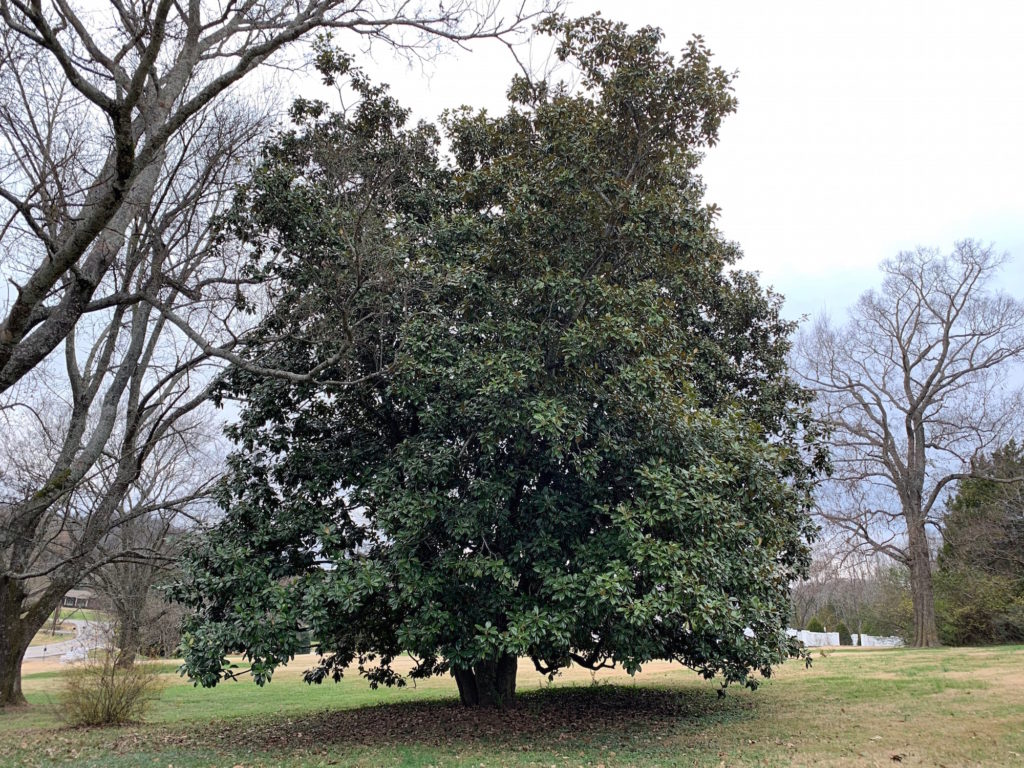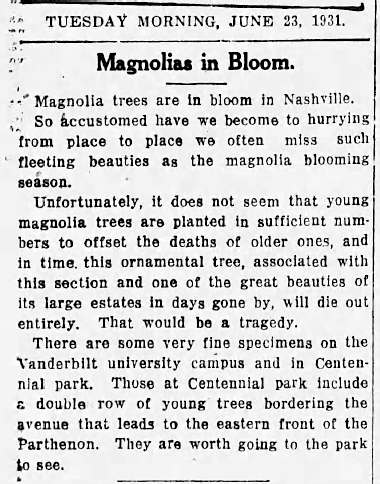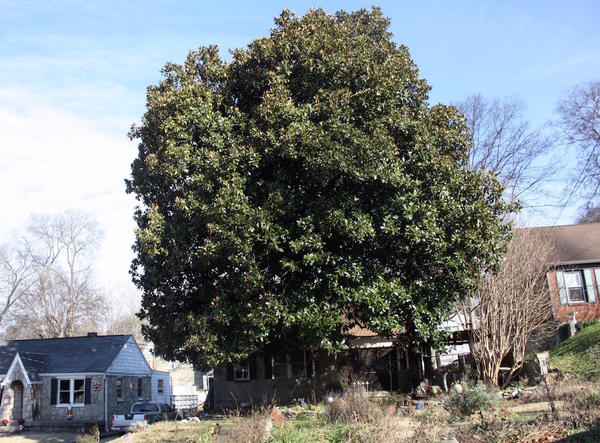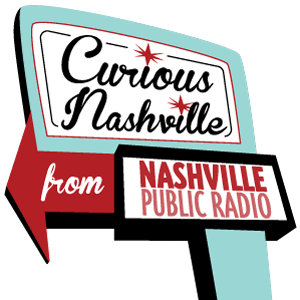
Look around Nashville and they’re hard to miss: Magnolia trees grace the Nashville City Cemetery, Vanderbilt and Belmont universities, Sevier and Centennial parks, and the grounds of the Hermitage, Grassmere and Glen Leven Farm.
And in the last three decades, more than 40 magnolias have won “Big Old Tree” honors in the Nashville Tree Foundation’s annual contest.
So they’re here, and in a big way. But still, this question:
“I’m curious —
why are there so many magnolia trees planted on Music Row and the surrounding area?”
This seemingly simple inquiry has delivered a rich view into several eras of Nashville history, and some strong opinions about the tree’s merits.
“Magnificently verdant year-round,” waxes Vicki Turner, who sits on the tree foundation’s board. “This is a stunning tree that is evergreen, with waxy, leathery, deep green leaves and a big, showy, fragrant blossom. Even in the dead of winter, the seed heads have these brilliant red seeds. … You could almost say the southern magnolia is a symbolic tree of the South.”
Two Eras Elevate The Magnolia
Some nostalgia for the magnolia ties it to the antebellum South.
But to read about it in the newspaper as of 1931, magnolias were not in vogue. A clipping in The Tennessean decried a low number of magnolia plantings, which were seen as failing to offset the deaths of older trees.

“And in time this ornamental tree, associated with this section and one of the great beauties of its large estates in days gone by, will die out entirely. That would be a tragedy.”
This would not stand.
By 1934, the Davidson County Horticultural Society had sustained a public campaign — with nurseries offering sale rates — to encourage more magnolias and dogwoods.
“The magnolia tree has lived in song and story throughout the Southland … a revival of interest is now desired,” the society wrote, noting additional responsibility, since the tree doesn’t easily grow much farther north than Tennessee.
Davidson County Historian Carole Bucy says the “exotic” trend of that time led to some of the prominent plantings that still draw attention today, including in the city cemetery, in front of Westminster Presbyterian Church on West End Avenue and in residential areas.

By the late 1960s, another bump appears to have been underway, with newspaper writers praising ornamental magnolias, and the prominent new downtown National Life tower (now the William R. Snodgrass Tennessee Tower state office building) selecting 34 magnolias for its plaza in 1969.
Soon after, sweeping “renewal” projects in the areas of Vanderbilt, Belmont and Hillsboro prompted more plantings. Magnolias became closely associated with the area with the creation of the Magnolia Boulevard bypass (and the conversion of 16
th and 17
th avenues into the one-way streets that make up Music Row).
An Evergreen Future
For Turner, with the tree foundation, there’s no mystery about why magnolias remain popular.
“It’s evergreen,” she says. “So many of our trees are deciduous.”

And with full sun, she considers them easy to grow, with thriving magnolias reaching toward 100 feet (the tallest award-winner in Nashville is measured at 114 feet in the city cemetery).
Of note, Turner says smaller varieties have become popular for today’s residential lots.
And drawing from her horticultural predecessors, she couldn’t help but put in a plug: Magnolias are readily available at nurseries, she says, with “Little Gem” and “Teddy Bear” magnolias suiting many of today’s ornamental needs.
View the tree foundation Big Old Tree winners since 1988:



